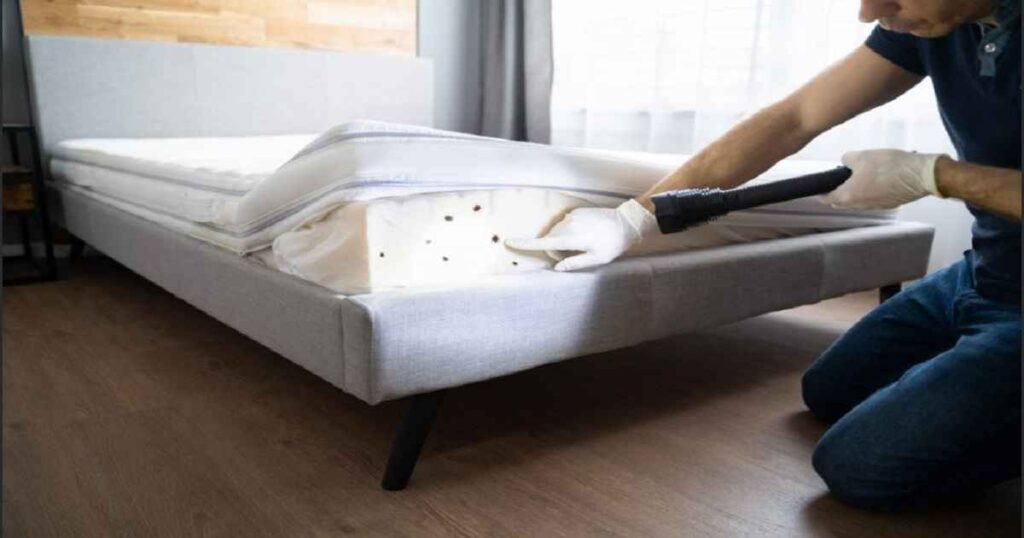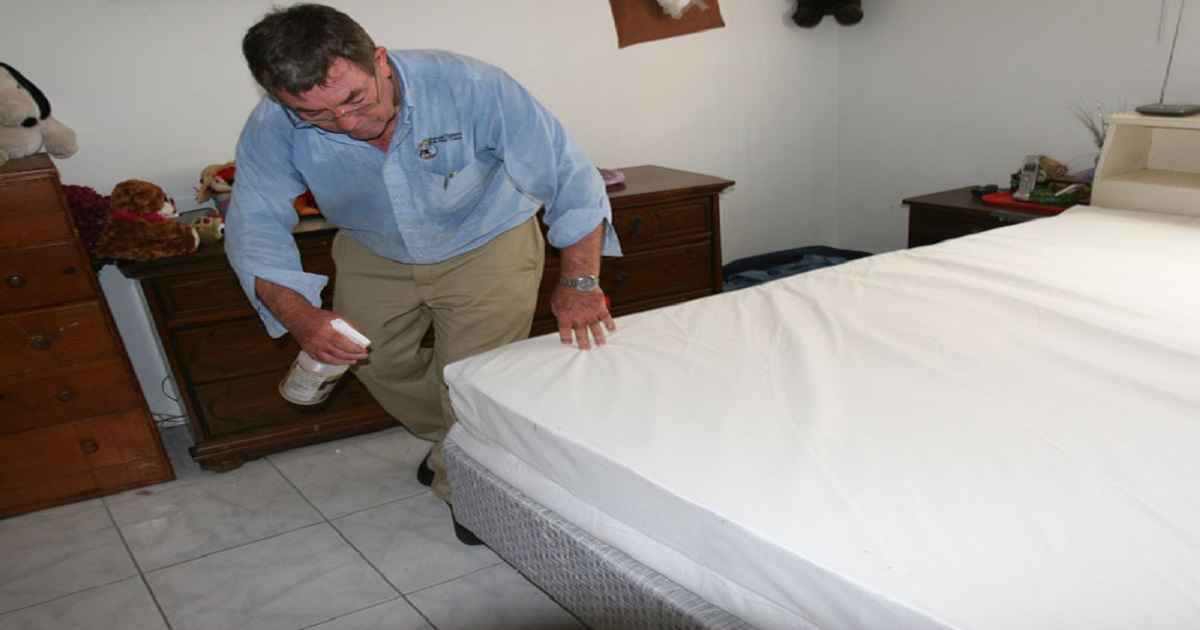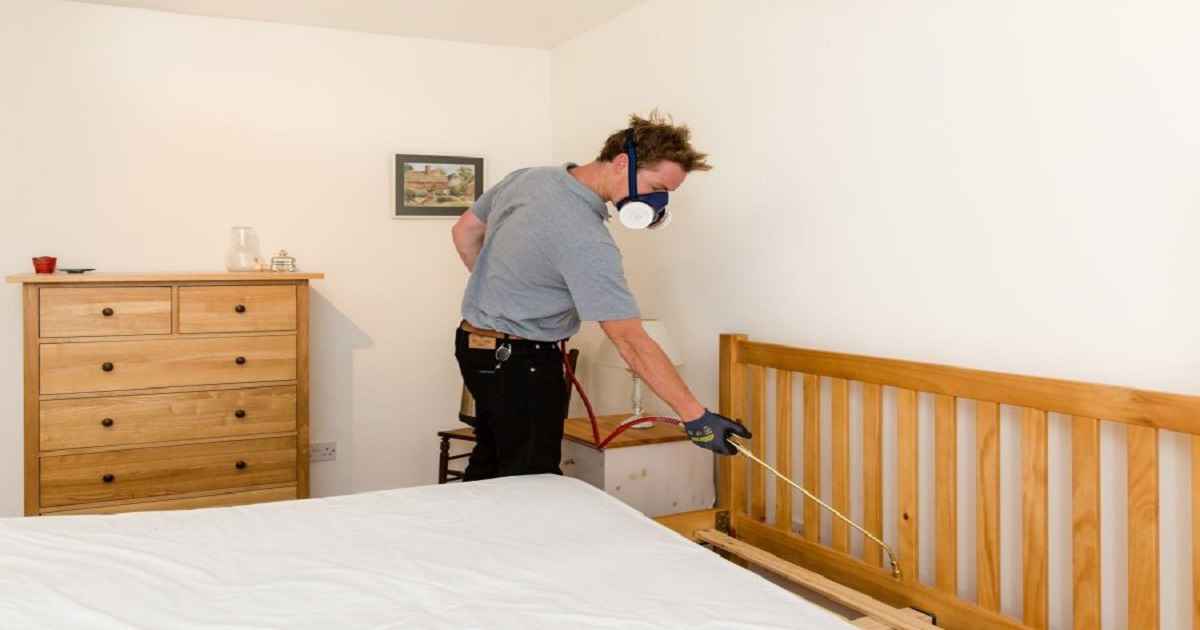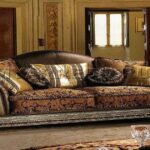How to Dispose of Bed Bug Infested Furniture
Handling Bed Bug Infested Furniture: A Comprehensive Guide
Bed bugs are a common household pest known for their resilience and rapid spread. When they infest furniture, they can turn your home into a less comfortable place, causing distress and discomfort. This detailed guide aims to provide you with the necessary knowledge and steps to safely dispose of bed bug infested furniture, ensuring these pests don’t spread further in your home or to others.
Understanding Bed Bugs
Bed bugs are small, oval-shaped insects that feed on human and animal blood, causing itchy bites. They are excellent at hiding and can be found in the seams of mattresses, furniture joints, and even behind wallpapers.
Indications of an Infestation
- Bites on the Skin: Red, itchy bites in a line or cluster.
- Stains: Blood spots or dark, rusty-colored fecal spots on bedding or furniture.
- Odor: A musty, sweet smell from their scent glands.
Safe Disposal of Bed Bug Infested Furniture
Proper disposal is crucial to prevent the spread of bed bugs to other parts of your home or to other people.
Preparing for Disposal
- Wrap and Seal: Encase the furniture in plastic wrap or large bags to trap the bed bugs.
- Label Appropriately: Mark the furniture as bed bug-infested to prevent accidental spread.
Choosing the Right Disposal Method
- Local Waste Management: Contact them for specific guidelines on disposing of infested items.
- Professional Junk Removal: Specialized services can ensure safe and proper disposal.
Cleaning After Disposal
After removing the infested furniture, it’s vital to thoroughly clean the affected area to eliminate any remaining bed bugs or eggs.
Effective Cleaning Methods
- Vacuum the area extensively.
- Steam clean carpets and upholstery.
- Wash bedding and curtains in hot water.
Post-Disposal Cleaning
After the furniture is removed, thorough cleaning is crucial.
Cleaning the Area
- Vacuum the space thoroughly, including all nooks and crannies.
- Dispose of the vacuum bag immediately in a sealed plastic bag.
Pest Control Treatment
- DIY Treatments: Use bed bug sprays or diatomaceous earth in the affected area.
- Professional Exterminators: For severe infestations, professional extermination is recommended.
Professional Pest Control
For a severe infestation, professional pest control services can provide effective treatments, including chemical treatments and heat treatments.
Preventing Bed Bug Infestations
Preventive measures are essential to keep your home bed bug-free.
Regular Inspections
- Regularly inspect all furniture, especially beds and sofas.
- Look for signs of bed bugs during routine cleaning.
Using Protective Covers
- Encase mattresses and pillows in bed bug-proof covers.
- Check covers regularly for any tears or holes.
Being Cautious with Second-Hand Furniture
- Inspect used furniture meticulously before bringing it into your home.
- Avoid picking up furniture discarded on the street.
Legal and Ethical Considerations
When disposing of bed bug-infested furniture, it’s important to consider the legal and ethical implications to prevent unintentionally spreading the infestation.
Health and Safety
While bed bugs are not known to transmit diseases, their bites can cause allergic reactions and sleep disturbances. It’s important to address infestations promptly for your health and well-being.
How Bed Bugs Spread
Bed bugs are excellent hitchhikers. They can move from one place to another through luggage, clothing, and furniture.
Recognizing an Infestation
Signs of a bed bug infestation include:
- Itchy bites on your skin.
- Blood stains on bedding.
- Dark or rusty spots of bed bug excrement on mattresses, bedclothes, and walls.
- A musty odor from the bugs’ scent glands.
Educating Yourself and Your Community
Knowledge is key in the fight against bed bugs. Educating yourself and sharing information with your community can help prevent the spread of infestations.
Long-Term Management Strategies
Implementing long-term strategies is crucial for keeping your home bed bug-free.
Replacing Infested Furniture
Consider how to replace infested furniture. Choose designs that are less conducive to bed bug infestations, like metal frames over upholstered beds.
Staying Informed and Vigilant
Stay updated on the best practices for preventing and managing bed bug infestations. Vigilance is essential, especially when traveling or acquiring second-hand items.
Conclusion
Handling bed bug infested furniture requires a thoughtful and comprehensive approach. From understanding bed bugs, preparing for safe disposal, thorough post-disposal cleaning, to implementing preventive measures, each step is crucial in managing and eradicating these pests. By staying informed, vigilant, and proactive, you can keep your living environment bed bug-free and ensure your home remains a comfortable and safe space.








